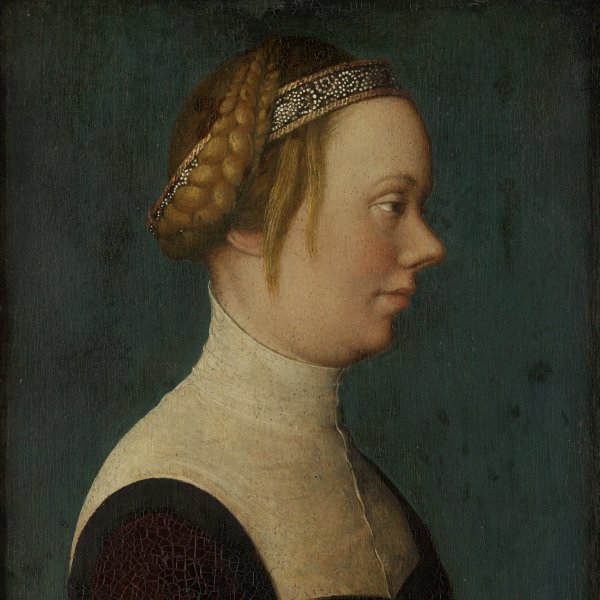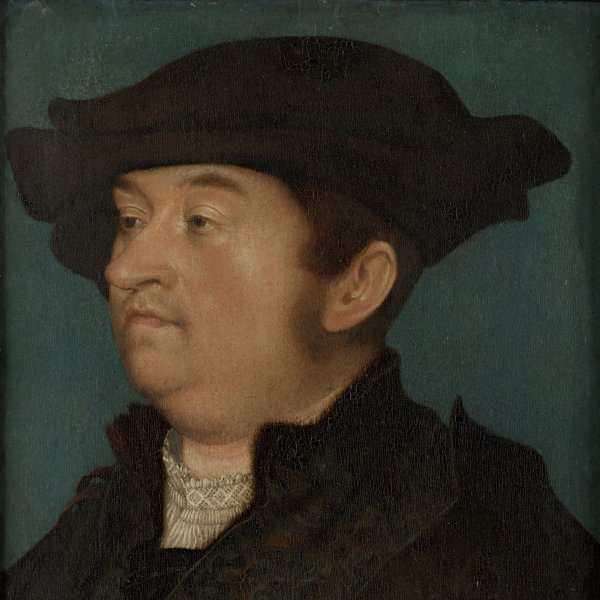Hans Holbein the Elder
Hans Holbein the Elder, son of the tanner Michael Holbein from Augsburg, was probably born in that city between 1460 and 1465. He is first documented in 1493, when he is mentioned as a citizen painter of Ulm, where he was to be found working with the sculptor Michel Erhart. Over the next few years his name regularly appears in the Augsburg records and his workshop seems to have notably increased its activities as he is recorded as having apprentices in his charge during these years, including his younger brother, Sigmund Holbein. Over the following years most of Holbein’s commissions came from Germany but he was also involved in major projects outside Augsburg, such as the wings of the altarpiece for the high altar of the Dominican Klosterkirche in Frankfurt and the altarpiece for the Cistercian abbey at Kaisheim. In the execution of many of his works Holbein counted on the collaboration of sculptors, usually Gregor Erhart and Adolf Daucher, both of whom were related to him.
At the start of the new century Holbein was to be found working on one of his most important projects: the decoration of the high altar of Augsburg cathedral. Only a small number of the altarpieces that Holbein’s studio produced during these years has survived. Although only a few painted portraits by the artist survive, we have a large number of portrait drawings and sketches by his hand, which reveal his interest in the physical appearance of his sitters.
Around 1514 it would seem that the artist left Augsburg and was active in the Upper Rhine region in Alsace and Basel. His sons, Ambrosius and Hans the Younger (the latter to become one of the great names of German Renaissance art), followed their father’s profession and initially worked as his assistants. In his last phase Holbein the Elder worked with his son Hans on a series of commissions in which it is difficult to distinguish their hands.






